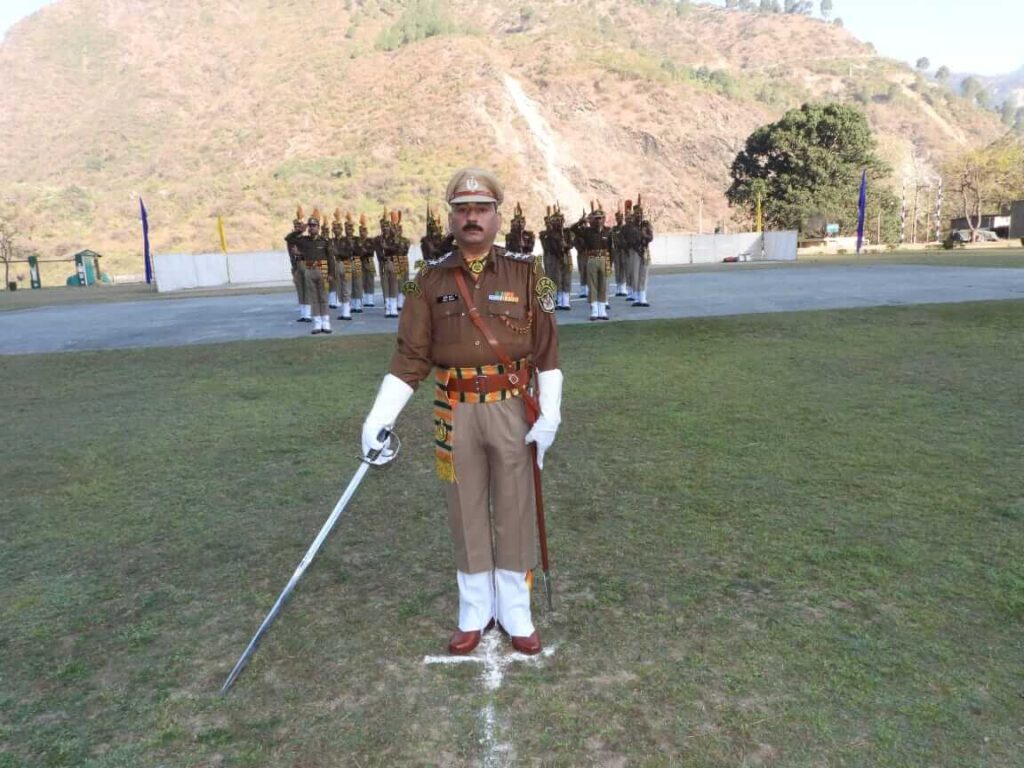
“If you know the enemy and know yourself, you need not fear the result of a hundred battles. If you know yourself but not the enemy, for every victory gained you will also suffer a defeat. If you know neither the enemy nor yourself, you will succumb in every battle…” -- Sun Tzu in The Art of War
In a move with far-reaching consequences, the Government of India is understood to be planning to raise seven new battalions of the Indo-Tibetan Border Police Force (ITBP) one of India’s fittest Central Paramilitary Force (CPMF) under the Union Home Ministry in the next few years.
One of the factors that make this force stand out is that its men are commandoes trained to kill, yet they save lives while performing disaster management tasks. The ITBP personnel are also trained in intelligence gathering, unarmed combat, guerilla warfare, rock climbing, mountain climbing, skiing, and surviving in extreme cold conditions in high altitudes.
But evidently, all the new battalions cannot come up overnight, hence the induction may be done in phases – about 2-3 battalions each year for the entire process is expected to be complete by 2025-2026.
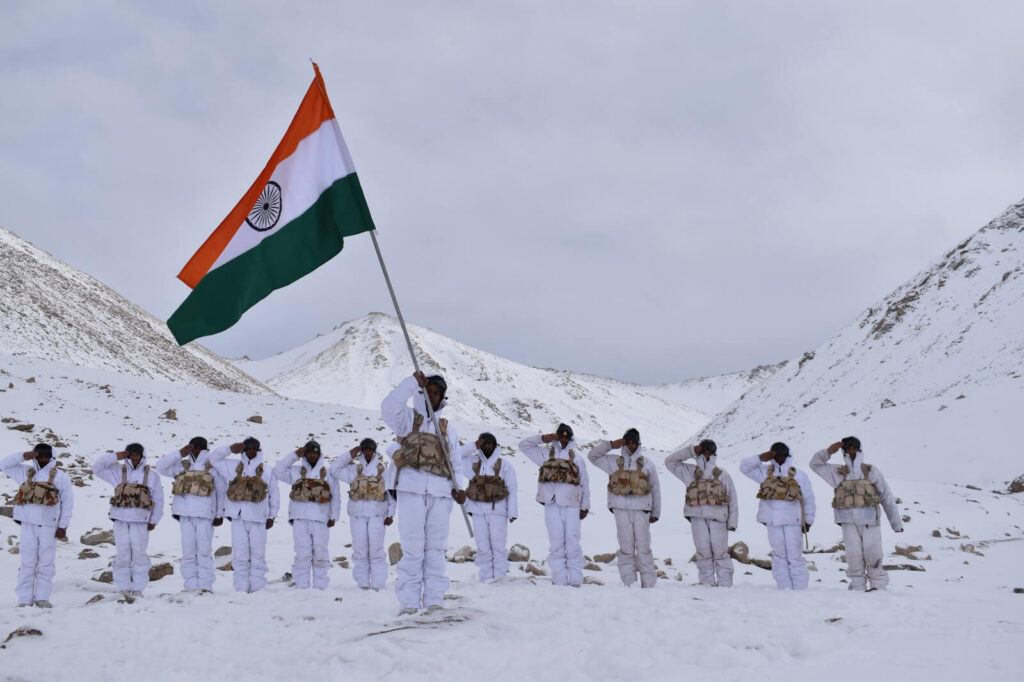
The main objective behind raising the new battalions is the need to monitor the activities of Chinese forces at altitudes ranging from 9,000 feet to 18,600 feet. This is today all the more important because of China’s aggressive plans to meddle in the internal affairs of its neighbours.
True enough, China has had border disputes or skirmishes with almost all its neighbours including:
- India – China and India have a longstanding border dispute – that led to several skirmishes
- Bhutan – China and Bhutan have a border dispute over the Doklam plateau.
- Taiwan – China claims Taiwan to be a part of its territory and expects to take it back forcibly
- Vietnam – China and Vietnam have had several territorial disputes in the South China Sea.
- Philippines – China and the Philippines have had a territorial dispute over the Scarborough Shoal in the South China Sea.
- Japan – China and Japan have a territorial dispute over the Senkaku/Diaoyu Islands in the East China Sea.
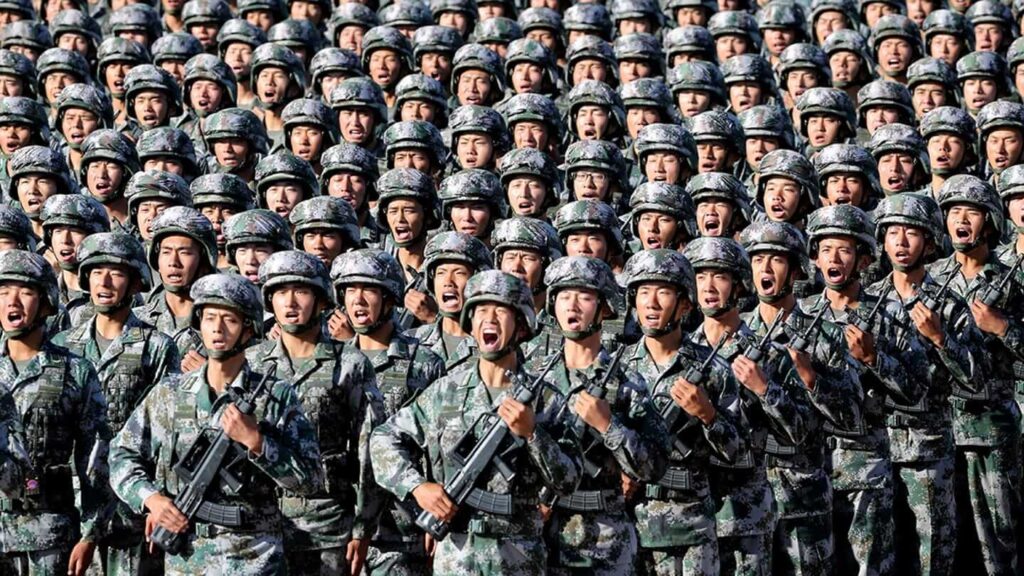
Who knows what appears to be mock attacks may eventually be a dress rehearsal for the real thing. One must not forget the fact that most PLA Generals – never went to war and need battlefield experience. A bulk of the Chinese PLA army, air force or navy has never seen a war since 1979 and those who did have either retired and the few others who haven’t — will do so in a matter of few years.
Even though China may claim and may seem to be better equipped in terms of fighter aircraft, diesel-electric submarines, and rocket artillery – the Chinese PLA is a ‘Paper Tiger’ with no battlefield experience. “I am retiring soon. My one big regret is that I never had a chance to fight in a war,” Chinese Lt. Gen. He Lei was reported to have confessed on the verge of his retirement. This – is the ground reality – Gen Lei is not the only one, in spite of the increasingly impressive array of high-tech weapons, many Chinese PLA officers do not have the experience to use them in combat.
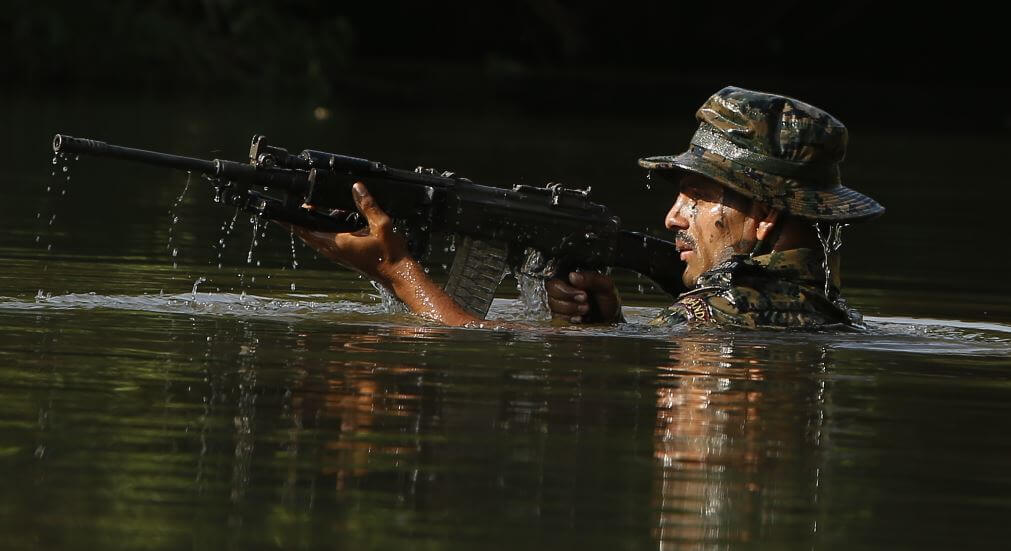
Hence irrespective of what China may say or do, the fact cannot be denied that the more you sweet in peace the less you bleed in war. China has been preparing for this eventuality since the Doklam crisis in 2017 and has been consistently consolidating its offensive and defensive capabilities along the Line of Actual Control – leading to one too many stand-offs. It is a different story that it failed to carve out any tangible results.
Those who know history – know well that history doesn’t always repeat itself – provided you learn from it. India today is certainly not the India of 1962, and so is the art of warfighting.
The ground reality is that China will not get away cheaply – if it dares to attack India in future. China may not be prepared to accept this but we know it. That’s enough!!
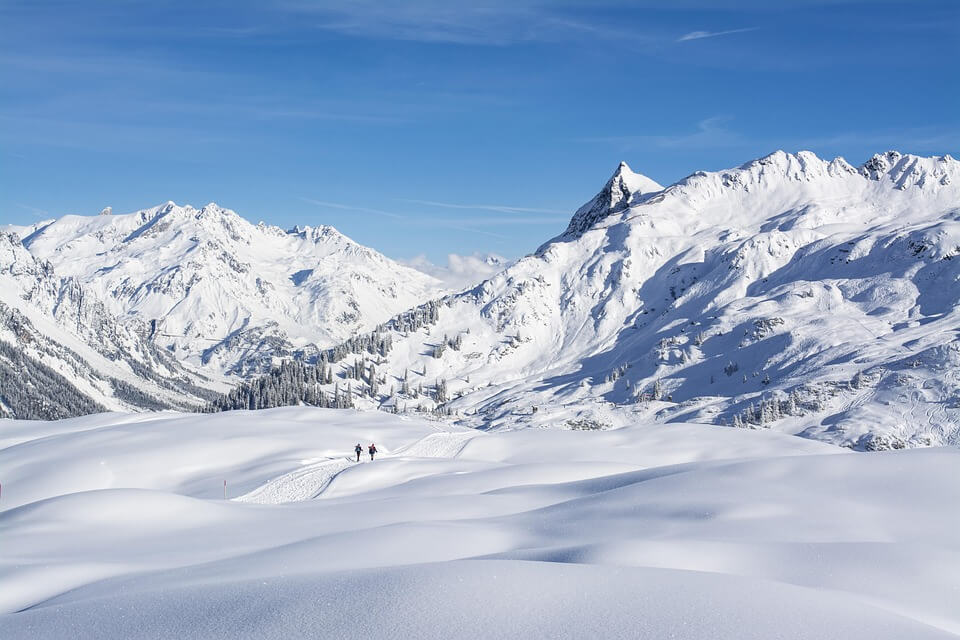
The ITBP guards the 3,488 km long Indo-China border stretching from Karakoram Pass in Ladakh to Jachep La in Arunachal Pradesh in the east. The highest post is OP Dorjila, which is located in North Sikkim at an altitude of 18,750 ft.
ITBP currently has around 176 BOPs, apart from 2 Commands, 5 Frontiers HQrs, 15 Sector HQrs, 56 Battalions, 4 Specialized Battalions, 2 NDRF Battalions and 17 Training Centers and a sanctioned strength of 88,430 personnel. But this strength is never available on duty as some men retire, some are undergoing training while some are on leave – even if on a rotational basis – leading to a perpetual shortage of personnel for operational duties every month.
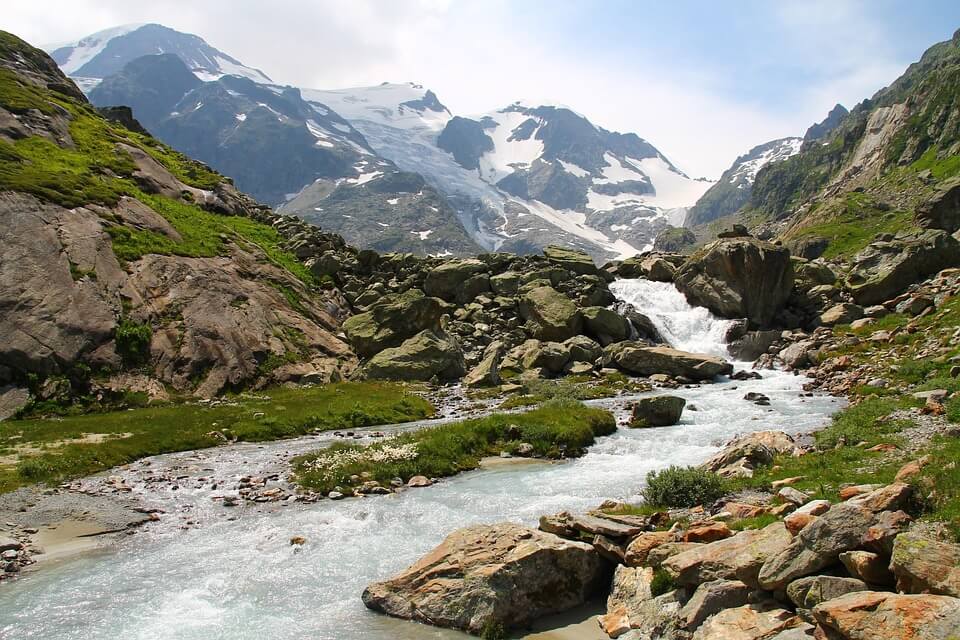
ITBP will have to recruit around 9,400 personnel to fill up the vacancies in the new battalions which would be deployed at 47 new border outposts and 12 staging camps in Arunachal Pradesh. The new recruits are also expected to augment the deficiency of the workforce in ITBP which is reportedly facing a floating shortage of around 5,000 -7,000 personnel largely because of annual retirement and inadequate recruitment of new employees.
Replying to a Parliament question the government informed the Lok Sabha that the Central Reserve Police Force (CRPF), Border Security Force (BSF), Central Industrial Security Force (CISF), Indo-Tibetan Border Police (ITBP), Sashastra Seema Bal (SSB), and Assam Rifles had a number of vacant positions. The Central Armed Police Forces (CAPFs) including CRPF and BSF had more than 83,000 open positions as of January 1 despite a total strength of 10,15,237 postings. “The current number of vacancies as on January 1, 2023, in the Central Armed Police Forces (CAPFs) and Assam Rifles are 83,127 against total sanctioned strength of 10,15,237,” Union Minister of State for Home Nityanand Rai said in a written reply in the Lok Sabha.

This notwithstanding, Home Minister Amit Shah said, “Nobody can dare occupy an inch at the Indo-China border when ITBP is on patrol.”
To give shape to the newfound drive to promote the Cabinet Committee on Security (CCS) appears to have cleared the proposal to equip the new battalions with state-of-the-art technical gizmos like high-resolution 40–50 megapixel zoom cameras, special lightweight rucksacks, thin sleeping bags, twin-engine FRP speedboats, and portable satellite trackers. Their inventory may also include mine-protected vehicles (UAVs), remote-operated vehicles (ROVs), unmanned aerial vehicles, mine-protected vehicles, medium and light bulletproof vehicles, and network operating centre (NOC) vehicles.
ITBP was only recently allowed to acquire multi-grenade launchers, under-barrel grenade launchers, assault rifles, 9-mm SMG beretta guns, as well as bomb detection and disposal equipment as part of modernization plan III. The last time ITBP battalions were raised was in 2011.
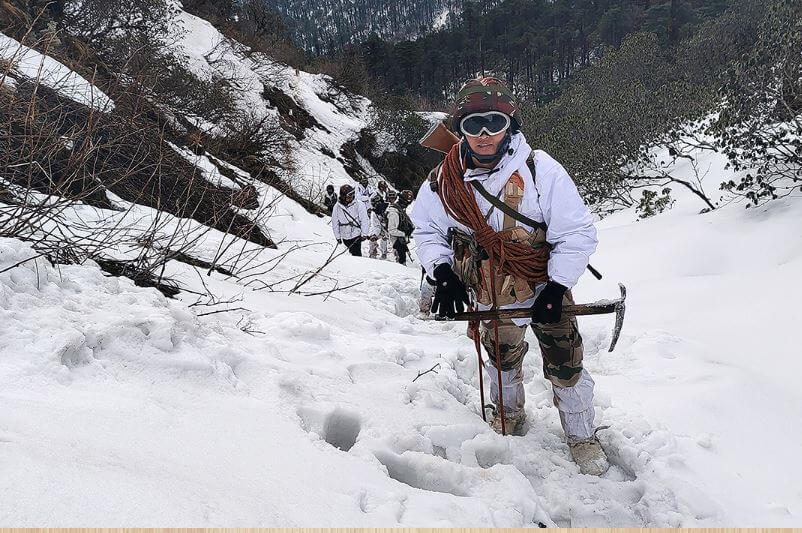
Hence the new raising is being seen as a big achievement for the ITBP which started off as a very small force of just 1,500 men within four days of the Indo-China war in 1962 to keep a vigil on the unmanned borders. Interestingly when it started in 1962 ITBP was headed by an IG who commanded the force which had just 4 battalions with 1500 men – mostly from nearby areas who were picked up because they were acclimatized to survive in the cold climate, as well as knew the local area and language. They were given a gun and hurriedly trained to fight. It was supposed to be a secret organization comprising Tibetan commandoes, who were all supposed to be skilled mountain climbers, experts in jungle warfare and covert operations behind enemy lines against the Chinese in the Himalayas. One of the reasons behind hiring the Tibetian youth was their intense hatred towards China for what it had done to Tibet. The first head of the ITBP was Balbir Singh, an Inspector General from the Intelligence Bureau.
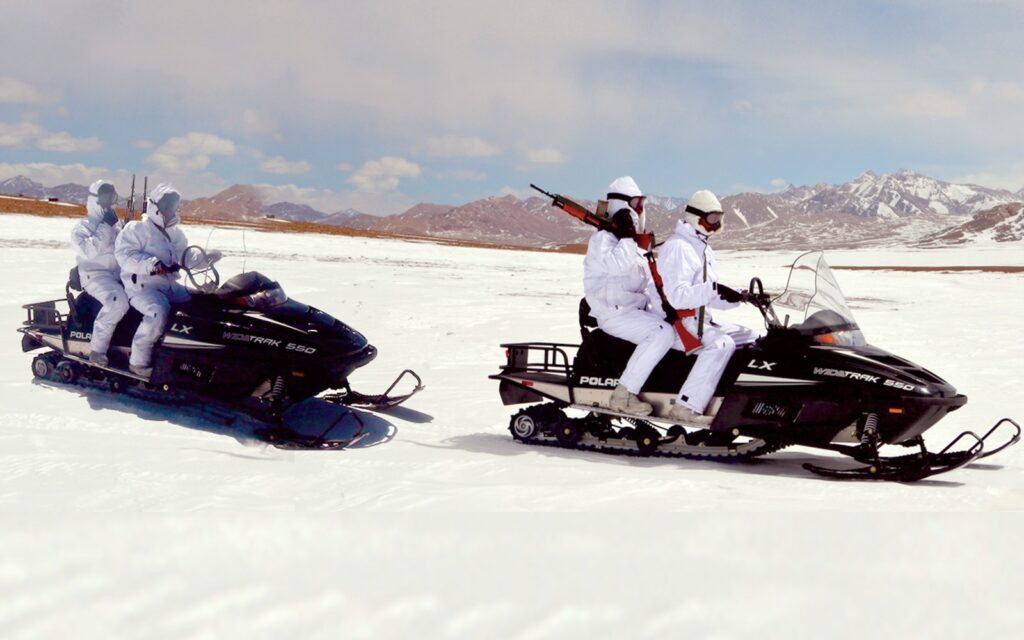
At the time of its birth, ITBP was called Northern Frontier Rifles and had 1,472 Himalayan warriors who were trained in guerilla warfare, intelligence gathering, and fighting as a self-contained force with its own logistics, supplies, and communication. Originally conceptualized as an integrated, self-contained “guerrilla-cum-intelligence-cum fighting force,” the ITBP officers and men were trained to blend with the crowd, gather intelligence, and engage the enemy in the event of an invasion till reinforcements from the regular armed forces arrived. The group was taught basic skills to operate and survive in enemy territory. They were supposed to be men from hilly areas who knew how to survive in high-altitude areas, had a natural affinity to climb mountains and were familiar with the topography and surroundings.
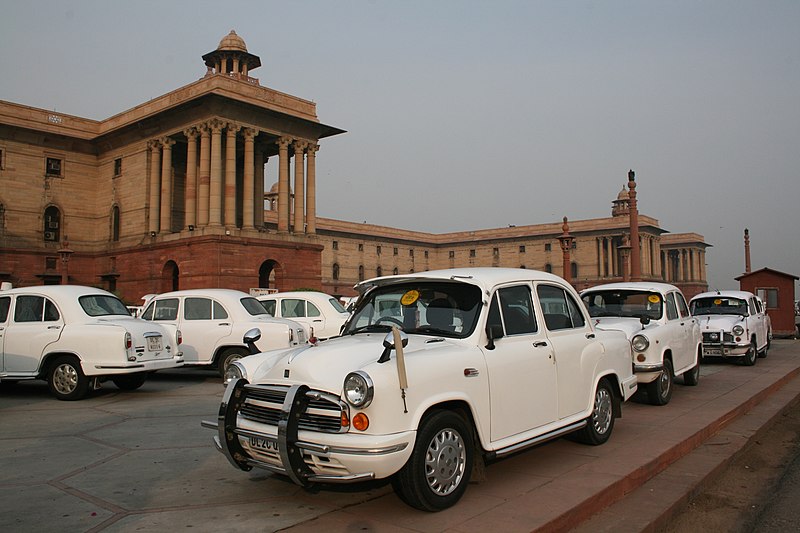
Interestingly the ITBP was established under the CRPF Act on October 24, 1962. This continued till 1994 when the Indo-Tibetan Border Police Force Act, 1992, was enacted by the parliament, and the rules were drafted in 1994.
In September 1996, the Parliament of India enacted the “Indo-Tibetan Border Police Force Act, 1992” to “provide for the constitution and regulation” of the ITBP “for ensuring the security of the borders of India and for matters connected therewith”.
ITBP Structure
ITBP today has one Director General, 4 Additional Directors Generals, 23 Inspectors Generals and about 50 DIGs. At any given point in time, 32 battalions are guarding the border, 8 battalions are deployed for anti-naxal operations and 16 are engaged in internal security duties. The force is also assigned VIP protection and currently has 14 protectees.
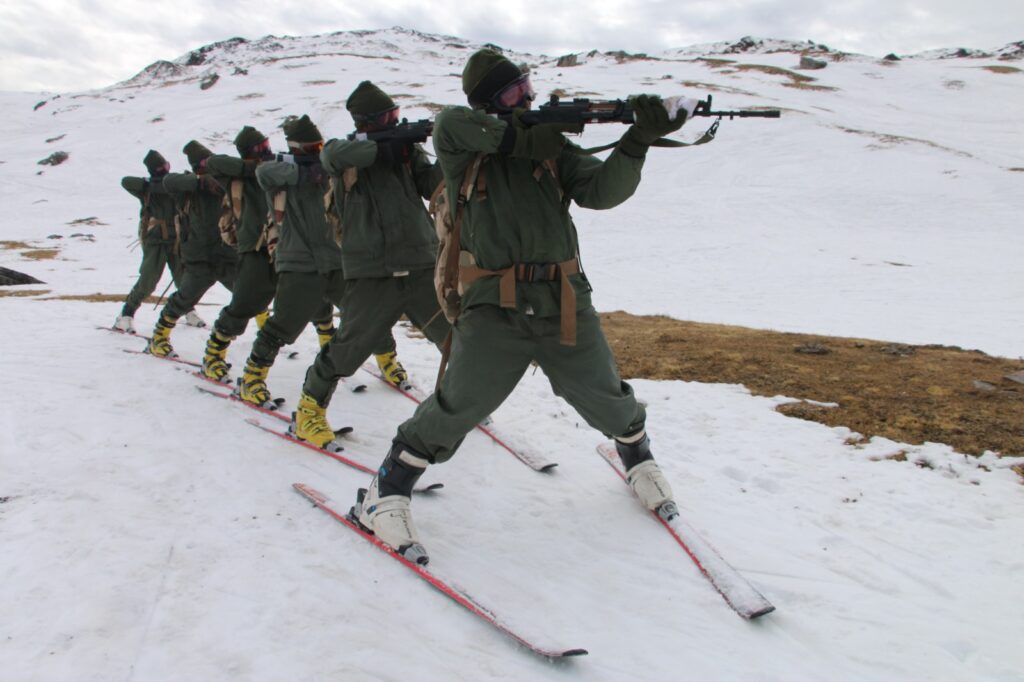
The force is divided into “commands” at the ADG level and into “frontiers” at the IG level located at Chandigarh and Guwahati. The ADG headquarters handles operations and intelligence in addition to administrative duties; ADG western command is in charge of Leh and the Dehradun sector; while ADG eastern command, is in charge of the Bhopal, Itanagar, and Lucknow boundaries.
ITBP today is a multi-dimensional force with 5 functions, namely:
- Vigil to detect and prevent border violations, and instil the feeling of security among local people
- Check smuggling, and trans-border immigration.
- Provide security to sensitive installations, banks, and threatened VIPs
- Restore and preserve order in any region in the event of a disturbance
- To maintain peace
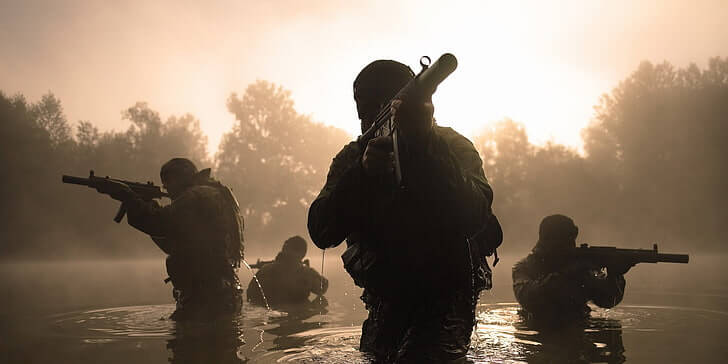
This is expected to raise the strength of the ITBP to more than 97,000 — making it the fourth-largest CAPF.
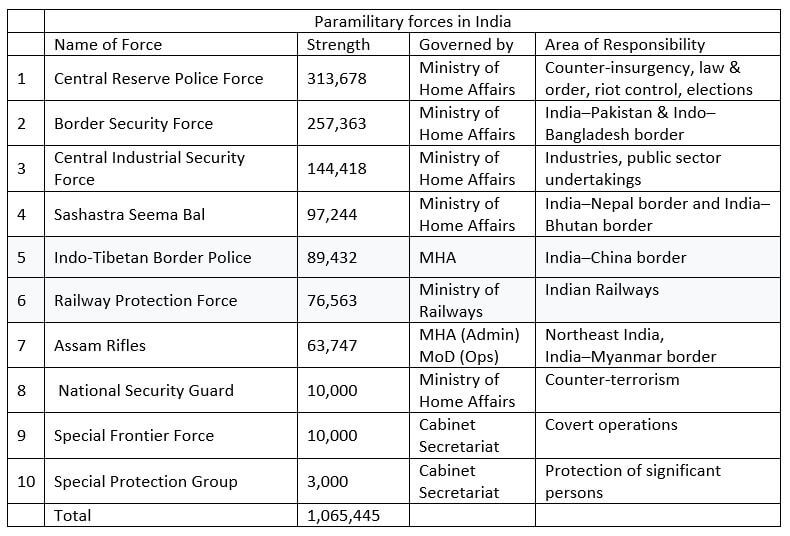
There are at present five Central Armed Police Forces (CAPFs) which apart from Indo-Tibetan Border Police (ITBP) also include Border Security Force (BSF), Central Industrial Security Force (CISF), Central Reserve Police Force (CRPF), Sashastra Seema Bal (SSB). Assam Rifles (AR) is partially under the Ministry of Home Affairs which looks after the administration and the Army or Ministry of Defence which takes care of the operational matters. It is hence not called Central Armed Police Forces (CAPFs) but christened as a Central Paramilitary Force (CPMF). Significantly Assam Rifles, BSF, ITBP and SSB together are also called ‘Border Guarding Forces’.

According to sources as a part of an overall plan to modernize the Indo-Tibetan Border Police Force (ITBP) close to 16 battalions are likely to be raised in the next 4-5 years to counter Chinese transgressions along the Arunachal border. The government has already begun the process of shifting the northeast headquarters of the force from Shillong to Itanagar to allow the ITBP to handle the border crisis situations in Arunachal Pradesh. Apart from this two sector headquarters are proposed to come up soon to support the additional troops.

Even at present more than 60 % of specially trained ITBP personnel are deployed along the inhospitable Indo-China border where the temperature drops to minus 30-40 degrees in winter. Many of these far-flung places need the men to walk for 1-2 days from the nearest road head and remain cut off from the rest of the world for up to six months due to heavy snow. Even during summers living in these areas is a challenge considering the sudden torrential rains, high-velocity storms, blizzards, avalanches, landslides and extreme cold.
Though the picture is not yet clear, according to sources the Ministry for Home Affairs is toying with the idea to give more power to ITBP to enhance it operational efficiency as a fighting arm. The MHA is said to be planning to add 54 new border outposts (BOPs) and 72 staging camps over the next 4-5 years to fill the gaps along the Arunachal Pradesh border. The objective behind the move is to improve connectivity and provide night camps for the Army and ITBP troops moving from one BOP to another whenever required.
ITBP Training
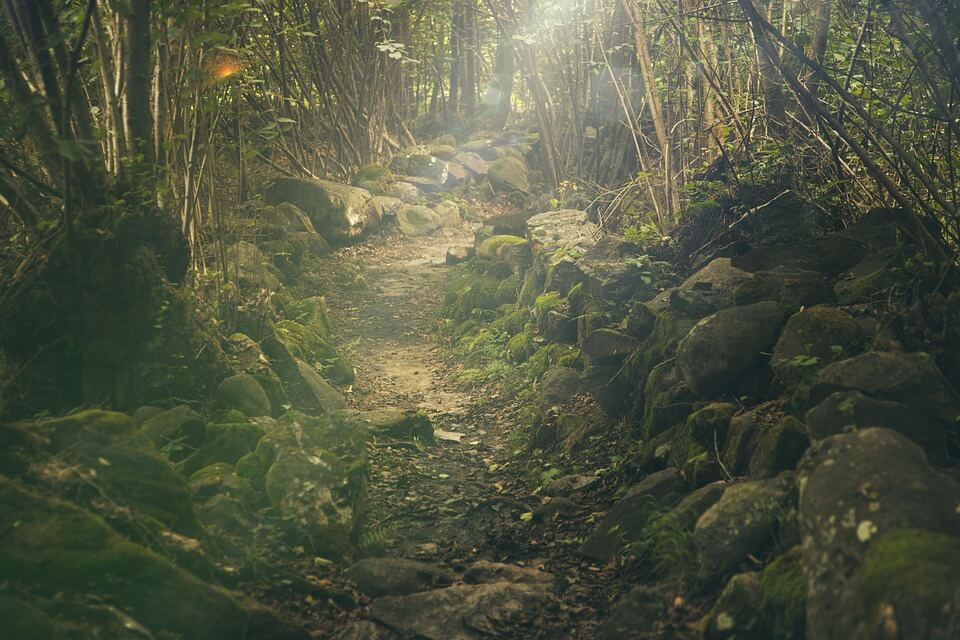
ITBP’s Training Academy centre is based in Mussoorie, Uttarakhand and has been training the officers since 1976. Likewise, the Central Training College in Alwar and the Basic Training College in Bhanu (Haryana) have been training the subordinate officers in skills like rock climbing, and explosives handling. Similarly, till recently the Counter Insurgency and Jungle Warfare (CIJW) School at Mahidanda in Uttarkashi was imparting specialized training in mountain/ jungle warfare, explosives handling, rock climbing, survival in adverse conditions, unarmed combat, and guerrilla warfare but was later shifted to Belgaum, Karnataka to meet the demand for realistic anti-naxal operations.
ITBP – Border protection force
In 2004, the ITBP replaced the Assam Rifles in Sikkim and Arunachal Pradesh as the prime agency to guard the Indo-Chinese border in accordance with GoM recommendations on “One Border, One Force.” Presently, ITBP is responsible for guarding the entire India-China border in Ladakh, Himachal Pradesh, Uttarakhand, Sikkim, and Arunachal Pradesh.
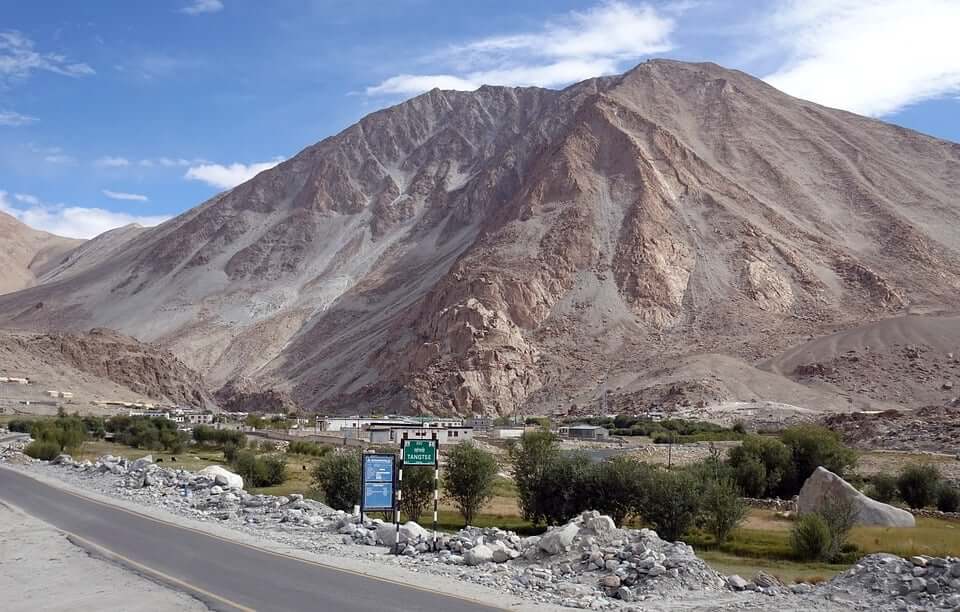
Based on the principle of ‘One Border, One Border Guarding Force (OBOBGF)’ the area of responsibility of each Border Guarding Force includes:
- Border Security Force – Bangladesh and Pakistan Borders
- Indo-Tibetan Border Police – China Border
- Sashastra Seema Bal – Nepal and Bhutan Borders
- Assam Rifles – Myanmar Border
- Indian Army along with ITBP – Line of Actual Control (LAC) with China
- Indian Army along with BSF – LoC with Pakistan
ITBP has awarded 20 gallantry medals to the troops who literally thrashed the Chinese PLA with iron rods and canes in the Galwan valley in Arunachal Pradesh.

Today ITBP has its own water wing with boats and trained boatsmen led by a commandant-level officer. These men patrol the riverine borders in the Himalayas including the Pangong Tso Lake, Chang Chenmo River, Shyok River and Indus River in Leh as well as along the Brahmaputra river in Arunachal Pradesh. The ITBP water wing is headquartered at Tezpur in Assam on the banks of the river Brahmaputra and has three main functions:
- To assists the BoPs
- To aid in disaster management and during water-related emergencies,
- To train ITBP soldiers in water-based operations
ITBP also has a women’s wing. These women have served for various periods at the border outposts (BOPs) in the Himalayas, as well as K9 dog squads and an animal transport wing/equestrian squad.
ITBP – Internal security:

ITBP personnel have participated in counter-insurgency operations in Punjab, Jammu, and Kashmir, Arunachal Pradesh, Sikkim, areas affected by Left Wing Extremism and at times been deployed for riot control, maintenance of law and order, and election security. ITBP personnel have been providing security to pilgrims during the Annual Kailash Mansarovar Yatra since 1981.
During the 9th Asian Games held in 1982 in New Delhi, ITBP was entrusted with the security cover as ensuring the safety of the participants. Likewise the force provided anti-terrorist security coverage during the Commonwealth Heads of Government Meeting and the seventh Non-Aligned Movement meeting in Delhi. In the mid-80s, at least 6 ITBP battalions were formed to stop bank robberies by terrorists in Punjab.
Also Read: Disasters are good teachers; provided you are willing to learn
In January 2020 defying the threat to their own lives ITBP personnel established India’s first quarantine centre and set up the referral hospital in Greater Noida as a Covid care centre cum hospital to treat all serving and retired CAPF personnel and their families. The force also claims to have managed the world’s largest Covid care centre at Radha Soami Beas ashram in Chhatarpur.
ITBP and Disaster Management:
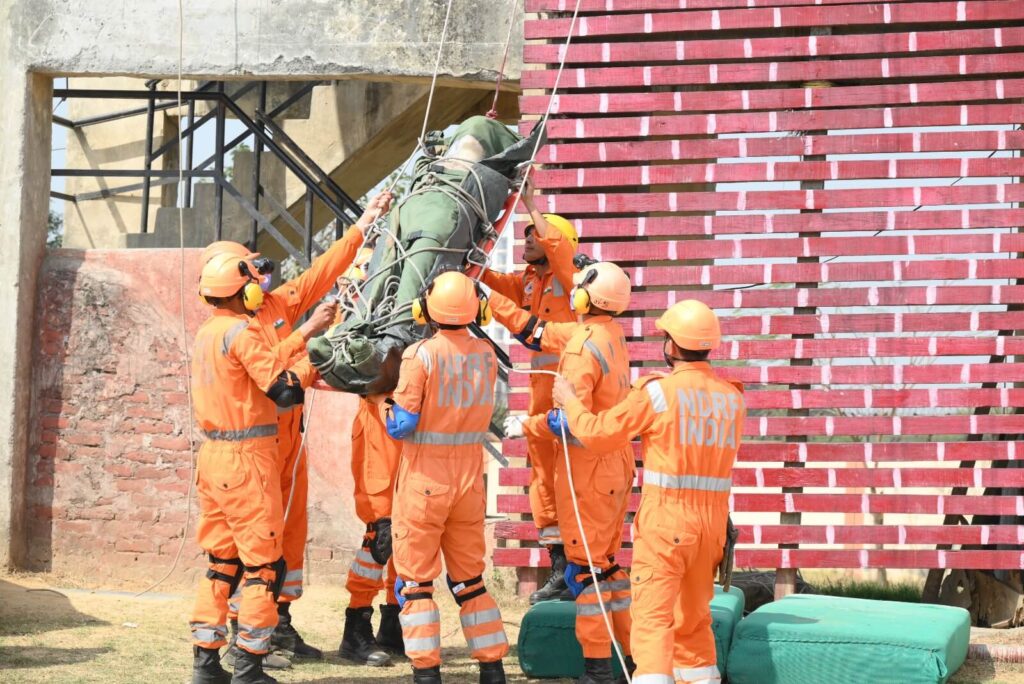
Disaster management is a key area of responsibility for the ITBP. A number of ITBP battalions have been sent on deputation to the NDRF where they are playing an important role as the first responder in natural or man-made disasters. ITBP personnel in NDRF recently participated in the rescue and relief operations as part of ‘Operation Dost’ in Turkey and returned back to India after winning the hearts and minds of the people of Turkey. Similarly, ITBP troops saved around 30,000 pilgrims from the Char Dham Yatra area during the Uttarakhand floods in 2013 as well as other natural disasters. The National Centre for Training in Search, Rescue, and Disaster Response based in Haryana provides training in disaster management for other forces. ITBP has established a National Centre for Training in Search, Rescue & Disaster response at Bhanu, Haryana which is imparting training to personnel of ITBP and other Paramilitary / State Police Forces. In addition to this, there is a training centre for the Dogs at Bhanu known as NICD.
ITBP and UN Missions:
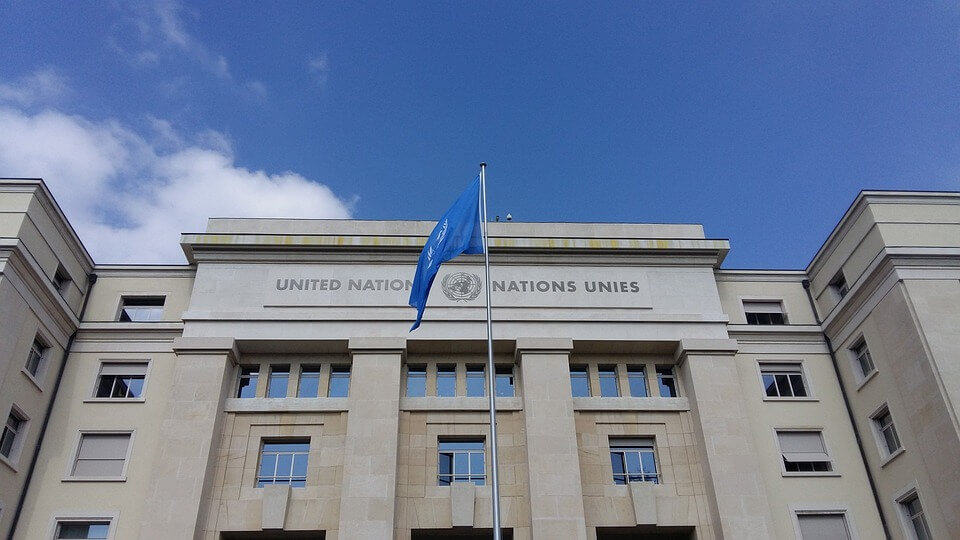
The ITBP has been serving the United Nations Peacekeeping Missions since 1989. Hundreds of its officers and men have served in many war-torn nations. ITBP Personnel has been deployed in various UN peace operations in Haiti, Angola, Namibia, Bosnia, Herzegovina, Kosovo, Cambodia, Sierra Leone, Mozambique, Western Sahara, Sudan, and Congo. Presently one ITBP contingent is deployed in the Democratic Republic of Congo. Two companies of ITBP are providing security to Indian embassy staff in Afghanistan. ITBP Commando units also provide security to the Embassy and consulates of India in Afghanistan. A National Training Centre has been set up at ITBP Camp, Tigri in Delhi to familiarize Indian Police Officers with UN peacekeeping roles. ITBP commandoes safeguarded the High Commission of Colombo from 1988 to 2005
ITBP – History and Pride:
- The Force has a glorious history of sacrifices in the line of duty and service before self
- ITBP jawans participated in the India-Pakistan wars of 1965 and 1971 and are presently deployed in counter-insurgency operations in Kashmir and other parts of the country.
- Most of the ITB personnel are trained mountaineers and skiers
- ITBP personnel have climbed more than 200 national and international peaks
- ITBP jawans have climbed Mt Everest four times.
- ITBP personnel are trained in the nuclear, biological and chemical disasters
- Adventure and dare-devilry seem to run in ITBP personnel’s blood
- ITBP skiers have been national champions and competed in the winter Olympics.
- ITBP river rafters have created history – rafting through the turbulent white waters of the mighty Brahmaputra, Indus and Ganges.
- ITBP created a milestone by becoming the first Central Para Military Force to grab up the Best Marching Contingent Trophy in the Republic Day parades in 1998, 1999, 2000 and 2011.
- In 1998 ITBP broke new ground when it sent the first-ever police tableau to participate in the Republic Day Parade.
- ITBP is at the forefront of a movement to preserve the Himalayan environment and ecology
- ITBP has taken up the task of greening the Himalayas
- Being the only human presence in areas close to China border, it has taken on itself the task of maintaining the delicate balance of flora and fauna
- ITBP’s ice hockey team is considered one of the best in the country – many of its players also participate in the national team. The team won the Indian Ice Hockey Championship thrice in 2019.
ITBP’s motto is “Shaurya-Dridhata-Karma Nishtha” (Valour – Determination – Devotion to Duty)

